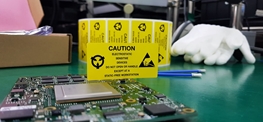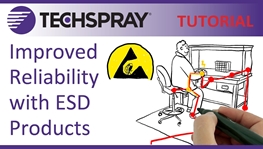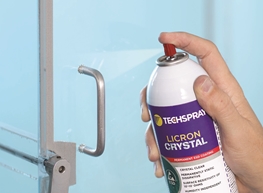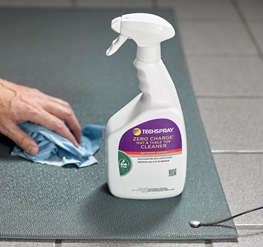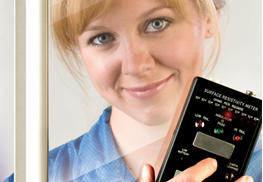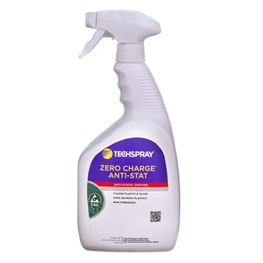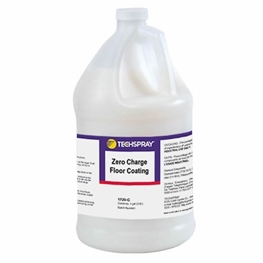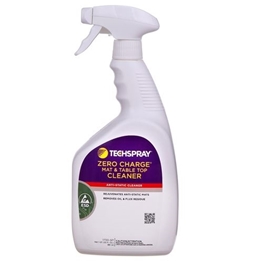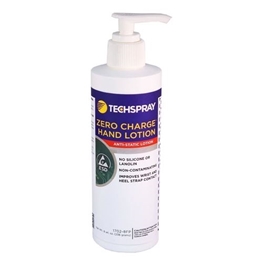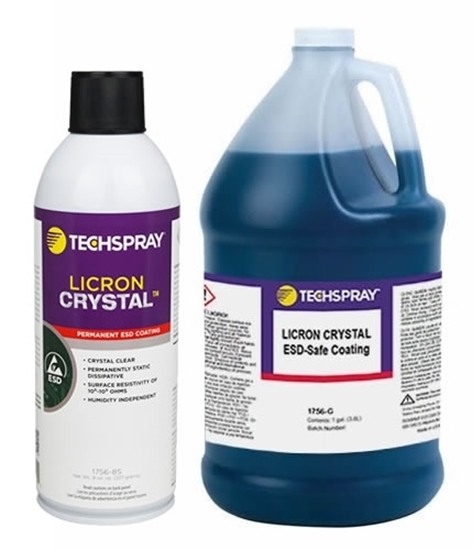
Licron Crystal ESD Safe Coating
Permanent, clear ESD safe coating
FAQ's
The EDS-safe properties don’t fade over time. The only thing they have to worry about is wear-and-tear on the surface. If a walking surface, I would recommend a floor coating instead. If a working surface, I would suggest putting and ESD-safe mat over the Licron Crystal coated surface. Licron Crystal is not chemically resistant, so the mat becomes very important if we are cleaning with a solvent like IPA and dripping it all over the place. If it is a surface out of reach, so it doesn’t get abused, I would recommend they check the resistivity every month, if it is critical, or every 3 months if less critical. If the resistivity hasn’t changed, they can leave it alone. How often they will have to reapply depends on the environment. If a clean environment, they can wipe down with water and make it last for a very long time – years even. If in a greasy, sooty environment, they will have to clean with some kind of cleaning agent, which can degrade the coating. This will require more frequent reapplication.
It may be different state-by-state, so contact your state environmental agency for regional specific regulations. For a general guideline, here is the process according to EPA hazardous waste regulations 40CFR. The can has to be brought to or approach atmospheric pressure to render the can empty. Puncturing is not required, only that it “approach atmospheric pressure”, i.e. empty the can contents until it’s no longer pressurized. This insures that as much contents as is reasonably possible are out of the can. It is then considered “RCRA-empty”. At that point it can be handled as any other waste metal container, generally as scrap metal under the recycling rules. Note that the can is still considered a solid waste at this point (not necessarily hazardous waste).
Yes, HDPE (plastic) drums are designed to accept commonly available 2” threaded spigots / spouts. Spigots are available at distributors, like at https://www.grainger.com/product/GRAINGER-APPROVED-Drum-Tap-6PFN4.


